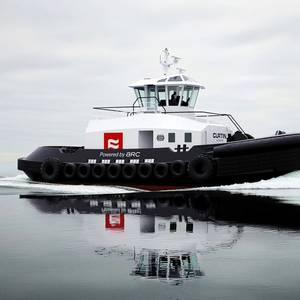
While political winds in the U.S. have significantly tampered many ‘green’ projects, Curtin Maritime is domiciled in California, which is globally known for its strict environmental initiatives. To that end, Curtin Maritime inked a contract recently to invest $160m for eight new hybrid-electric tugboats, vessels being built by Snow & Co.

The military and Coast Guard budgets are established that will benefit the U.S. ship building and repair sector, but what will stimulate the commercial yards?This author has been scratching his head of late, after a thrilling dive into July’s U.S. Big Beautiful Bill Act, and has asked several colleagues where the funding for support commercial shipbuilding can be found? To answer that
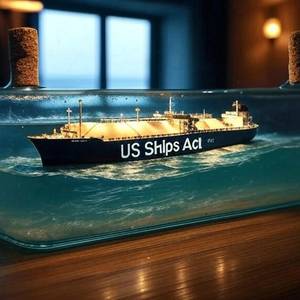
As a result of a major White House office wake-up call or Executive Order 14269 determining it is time to start building ships again, Washington DC announced America’s maritime industry has been “dangerously declining” and with that decline we have allowed China to become the dominant force in global shipbuilding.
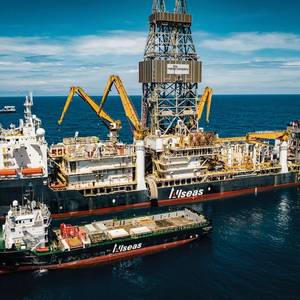
President Donald Trump signed an executive order aimed at boosting the deep-sea mining industry, marking his latest attempt to boost U.S. access to nickel, copper and other critical minerals used widely across the economy.The order, which Trump signed in private, seeks to jumpstart the mining of both U.S.
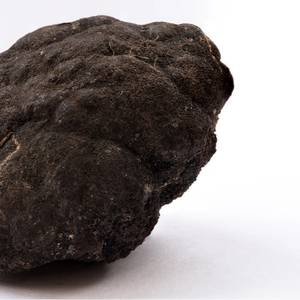
The White House is weighing an executive order that would fast-track permitting for deep-sea mining in international waters and let mining companies bypass a United Nations-backed review process, according to two sources with direct knowledge of the deliberations.If signed, the order would mark U.S.
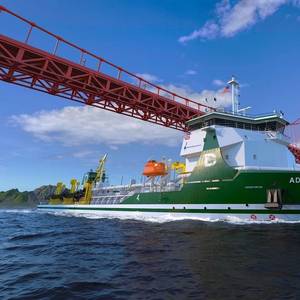
The Dutra Group, a California-based heavy civil marine contractor, has issued a notice to proceed to Eastern Shipbuilding Group (ESG) for the construction of a 10,464 cubic yard trailing suction hopper dredge, named Adele.The ship will be constructed at ESG's Allanton and Port St. Joe facilities. Delivery is scheduled for late 2028.
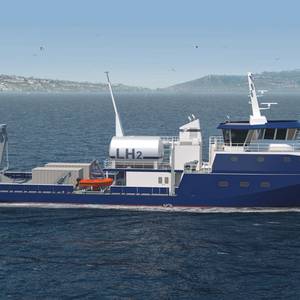
UC San Diego’s Scripps Institution of Oceanography issued a request for proposals (RFP) to select a shipyard for the final design and construction of its new 163-ft. Coastal Class Research Vessel (CCRV), reportedly the first oceanographic research ship to primarily operate on renewable fuels.
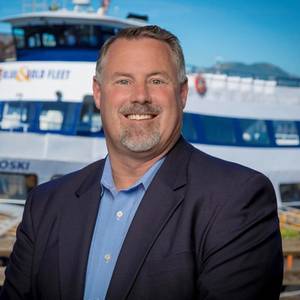
Patrick Murphy has been President of Blue & Gold Fleet, L.P., the San Francisco Bay Area’s largest and premier provider of Bay Cruises and ferry service, since 2016. Murphy grew up in the Maritime business. His father, Roger Murphy, founded Blue & Gold Fleet in 1979. Patrick Murphy began his career in 1982

The domestic passenger vessel answers the call for cleaner and more efficient platforms. It is truly an electric time to be a part of this niche industry.In the shadow of a rapidly changing political landscape, the domestic passenger ferry sector is nevertheless seeing an increasing number of newbuild vessel orders.

President James Earl "Jimmy" Carter passed away on December 29, 2024, at the age of 100.President Carter graduated from the U.S. Naval Academy in 1946 with distinction, after which he was assigned to USS Wyoming (E-AG 17) as an ensign. After completing two years of surface ship duty, Carter applied for submarine duty.
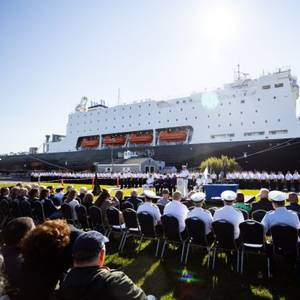
Massachusetts Maritime Academy (MMA) officially took custody of its new training ship Patriot State during a handover ceremony on October 11.The vessel is the second of five being built by Philly Shipyard under the U.S. Department of Transportation Maritime Administration’s (MARAD) National Security Multi-Mission Vessel (NSMV) program, designed to provide a purpose-built
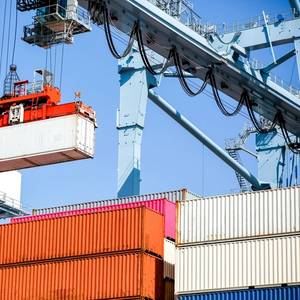
A strike by dockworkers on the U.S. East Coast and Gulf Coast that disrupted much of the nation's ocean shipping this week ended on Thursday, but a key issue driving labor unrest across the continent - the growing use of automation - was unresolved.Companies view automation as a path to better profit while unions see it as a job-killer.